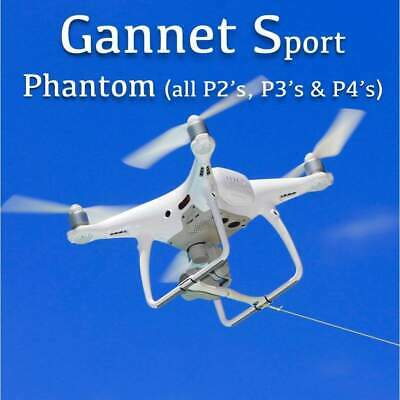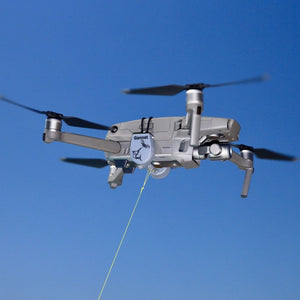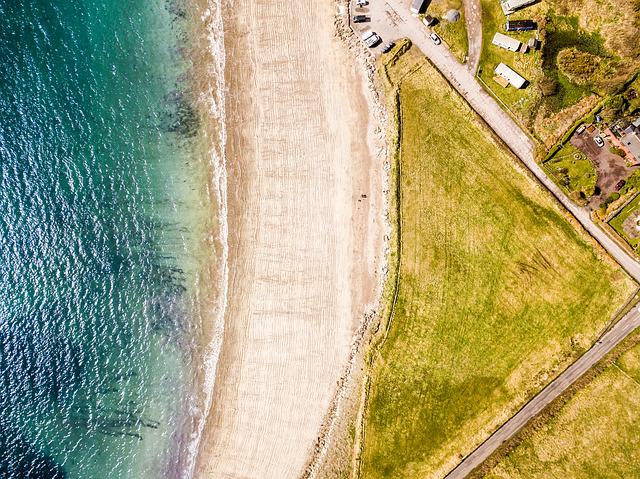
Drone Fishing is a great way to catch fish in Perth. This new technology enables you to fish from the sky without having to worry about getting wet or casting too far out to find a bite. Drones are able to carry your bait in the air and drop it off at the desired location. Here are some reasons why this technology is so popular and worth checking out.
Australia's regulations on drone fishing
It is important to learn the rules and regulations surrounding drone fishing if your intention is to use a drone for fishing in Australia. These regulations are administered by the Civil Aviation Safety Authority, which covers recreational drone owners. To prevent injuries and property loss, there are strict regulations. If you're not aware of these regulations, you could be at risk of paying hefty fines and wasting your time.
A payload release mechanism allows you safely to release the payload after you hook a fish. Drone fishing requires extensive research and careful preparation. You should also check the weather conditions and any other relevant information. There are many regulations that govern drone fishing in Australia. Before you start, it is important to review the laws in your state.
CASA's investigation reveals that the man caught fish by using a homemade drone. As he was drinking beer, he raised the remote camera from the water. The footage may not have been in compliance with drone rules, but it was still very useful in scouting for wild animals and game. Biosecurity Queensland has been using drones to accomplish this. Drone fishing has become a popular activity, so it is important to be aware of them.

Drone fishing has many benefits for anglers
Drones offer many benefits to anglers. Drones are capable of taking amazing photos and videos, as they can also cover large areas. They can also detect subtle differences between fish behavior. However, not many anglers have mastered the use of drones for fishing. Here are seven experts who share the best methods to use drones in fishing. Enjoy! These are seven advantages of drone fishing for anglers.
The drone can be used by anglers to pinpoint the location of fish and their swimming habits. They can use the drone to guide their line and to search for bait fish. Drones can be used by anglers to map their fishing grounds and to fish from offshore. Be sure to verify the regulations in your area before you use a drone to fish.
Drones for fishing also have the advantage of being able to easily reach remote areas. Drones may have adverse effects on the natural environment. Since they are so convenient, they may be misused and lead to over-exploitation. Drones could become more common and reduce the challenges of sportfishing, decreasing chances of catching a trophy catch. Ultimately, drones may not be the perfect solution to tackle the problem of overfishing.
Cost of drone fishing Australia
A video of a man fishing from his drone has gone viral. The incident led to a criminal investigation. The incident occurred at the Upper Coliban Reservoir, Central Victoria. Sam Foreman was dangled from the drone by a man. French, who had the drone built at home, spent more than $20,000 on a custom-built model which allowed him capture the moment. His catch was a cause for outrage and he spent more than $20,000 to purchase a custom-made fishing helicopter.

Rippton is an Australian company that specializes in technology-oriented products for fishing. One of the most intelligent fishing robots on the planet is Rippton's Mobula drone. Its mission, to improve the chances of anglers succeeding by using smart drones for increased productivity and a reduced environmental impact. The company offers both fishing equipment and drones, along with accessories. The cost of drone fishing is about $1,000 in Australia right now, and it will go up in the future.
Another benefit of drones is their ability to capture a detailed satellite map. Many drone users in Australia use them to monitor the wildlife population. Drones can be used to spot game and feral animals, unlike a traditional fishing rod and reel. Biosecurity Queensland uses drones to monitor the population of pest animals. This type is becoming more popular among fishermen. Drone Fishing Australia has a great guide for buying a drone to fish.
FAQ
What law applies to drones that fly over private property?
New rules have been issued by the FAA for commercial drone flying. These rules apply to UAVs with a weight less than 55lbs and that fly at a height of below 400 feet from the ground. Commercial operators need to register with the FAA in order to obtain a license. They must also obtain permission from local authorities if they plan to operate in restricted areas, such as airports.
What is the best drone to buy for beginners?
The DJI Phantom 2 Vision+ is one of the popular beginner drones available today. The 4K camera on this model allows you to take stunning aerial photos and videos. You can easily navigate this drone using its built-in GPS system.
Where are Drones Banned?
The FAA has prohibited drones from flying close to airports or stadiums, sporting events and nuclear power plants. However, they do allow them to fly at night using GPS technology.
Do drones fall under the control of the FAA?
The FAA oversees all aspects of drone operations, including safety standards, certification requirements, and licensing procedures.
Statistics
- According to Indeed, a drone pilot gets paid $25.73 per hour on average in the US. (dronesgator.com)
- According to the multiple listing service (MLS), houses and apartments with drone photographs are up to 68 percent more likely to sell than those without pictures. (thedroneu.com)
- With the top 10% making over $100/h and the bottom 10% making as low as $10/h. (dronesgator.com)
External Links
How To
How to Fly Drones at a Beginning Level
A drone is a remotely-controlled aircraft that is used for aerial photography and surveillance. Drone technology has been around since World War II. However, commercial use began in 2010 when DJI released their Phantom series of quadcopters. Since then, there have been many different types of drones available, from beginner-friendly models like the Parrot AR Drone 2.0 to professional-grade multi-rotor craft like the DJI Mavic Pro.
There are several ways to fly a drone, including;
-
Remote control – This technique uses a control device attached directly to your hands that allows you steer the drone around its flight path. There are two main types, On/Off switches (like radios) and joysticks.
-
Manual Control- This allows you to control your drone remotely via GPS coordinates. You must keep track of the location where you want the drone to go and follow the instructions from the app.
-
Autonomous Flight: This means that the drone will take care of all the piloting. It basically flies autonomously without any human intervention. To enable autonomous flight, the drone should have a built in camera and sensors capable recording images and data.
-
Triggered Flight – This method is very similar to manual flight. The pilot creates a route that the drone will follow until it reaches the destination. Once the programmed route has been completed, the drone returns to the base automatically.
-
Landing Gear: Some drones have landing gear that allows them safely to land in case they lose power or run low on battery.
-
Goggles-Some pilots use goggles to protect their eyes from debris during operations.
-
Camera - Some drones can be equipped with cameras which enable you to capture photos from the sky.
-
Obstacles. Some drones can have obstacle avoidance technology that stops them from hitting obstacles.
-
Speed - Some drones can reach speeds of over 40 mph.
-
Battery Life – Most drones will last 20 minutes to three hours depending on how powerful they are.
-
Range - Some drones can travel upto 30 miles depending on their models.
-
Power source - Some drones require an external power source; others work off internal batteries.
-
Weight – Some drones are less than one pound, while other models can be up to four pounds.
-
Size - Drones range from small devices that fit in one's palm to large crafts that weigh more than 50 pounds.
-
Price - From high-end models that cost thousands of dollars to low-cost options that start at $100, all drones fall under a certain price category.